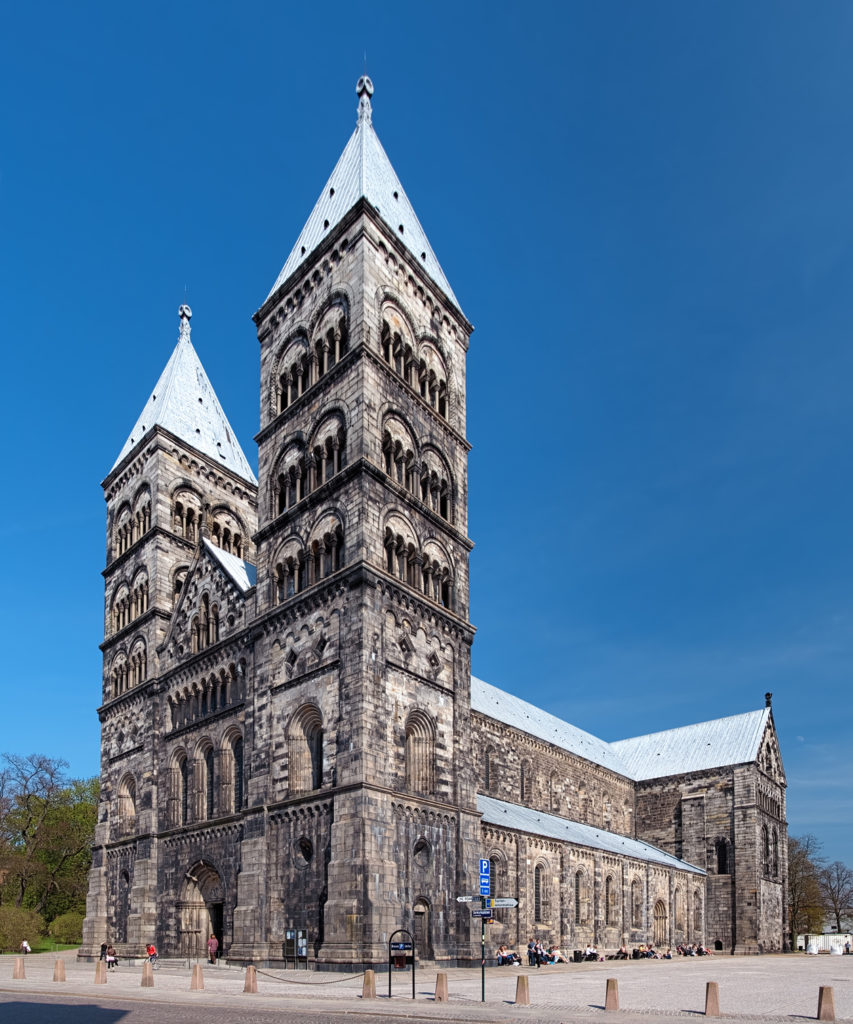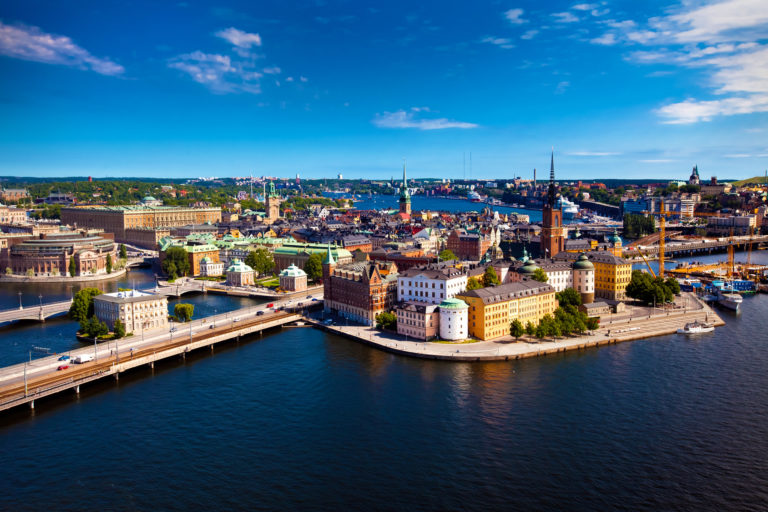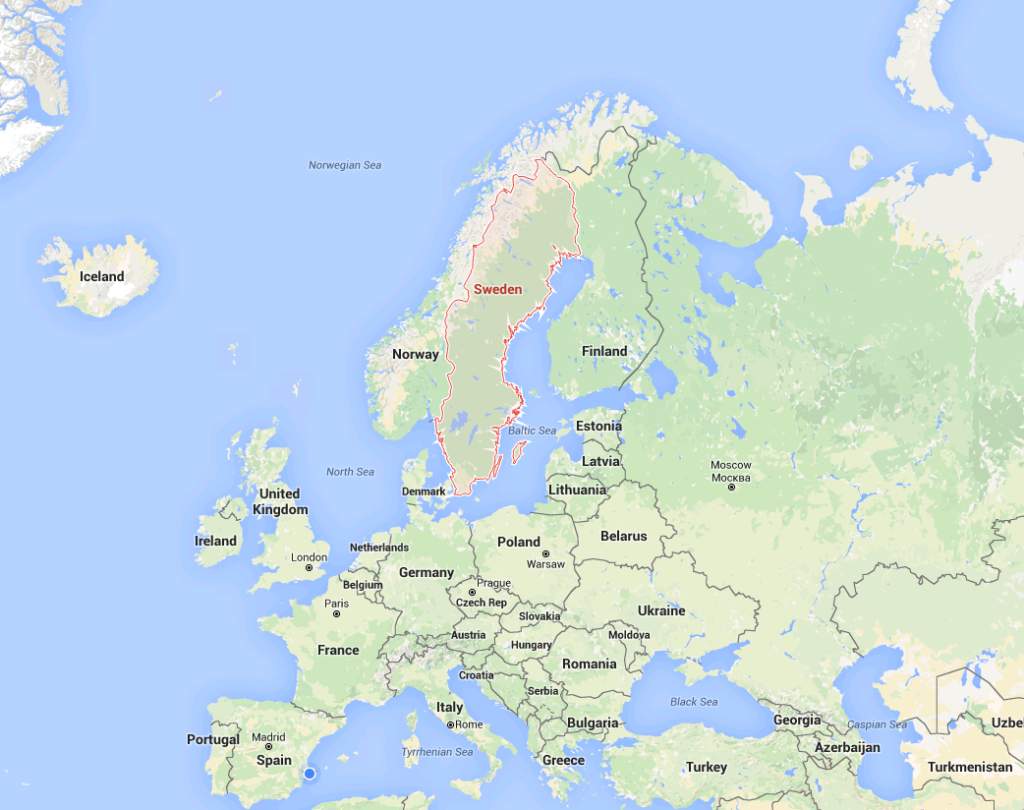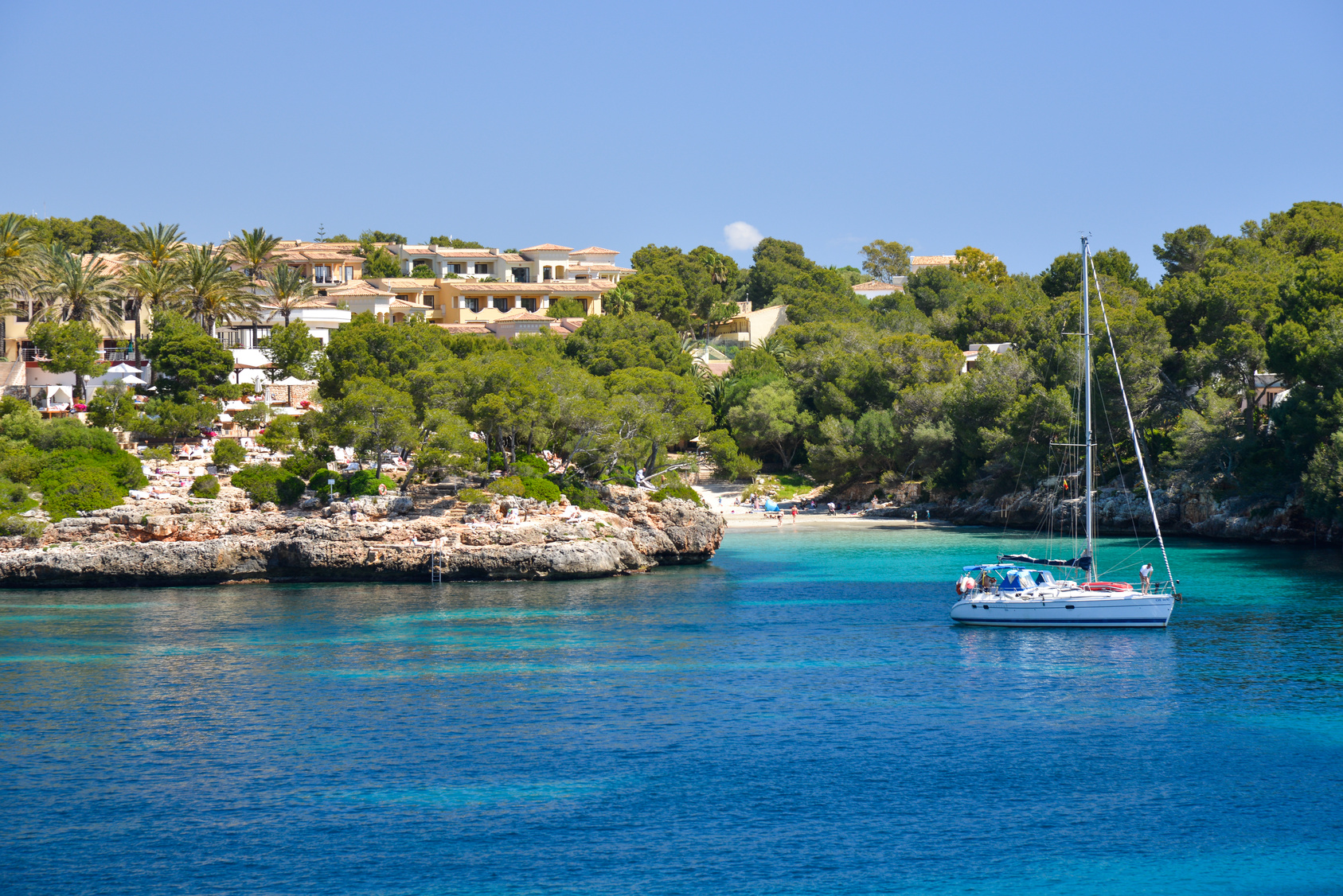Introduction
Sweden is an untouched nation of Scandinavia and it is full of extremes. From densely populated forests to long, winding coastlines and from long summer days to endless winter nights, Sweden is full of surprises. Travel to Stockholm for a buzzing atmosphere and lively nightlife, or go into the countryside for mushroom- and berry-picking adventures – but whatever you do, make sure to immortalise the experience!
What to Do
Stockholm, Sweden’s capital, has something to do in almost every corner. From its ABBA City Walk for the quartet’s fans, to the Moderna Museet for 20th and 21st century-art lovers, and the Old Town, one of Europe’s best-preserved medieval cities – everyone will be pleased to spend a few days rambling around the city.
Further out into the wilderness, there are plenty of season sports that visitors can take part in, including timber rafting and snowmobiling, but more extreme sports too, such as white water rafting and frozen lake kite winging. Eco-tourists will also feel at home in Sweden, with plenty of Nature’s Best tours and trips available for those looking to enjoy the country’s generous natural environment responsibly.
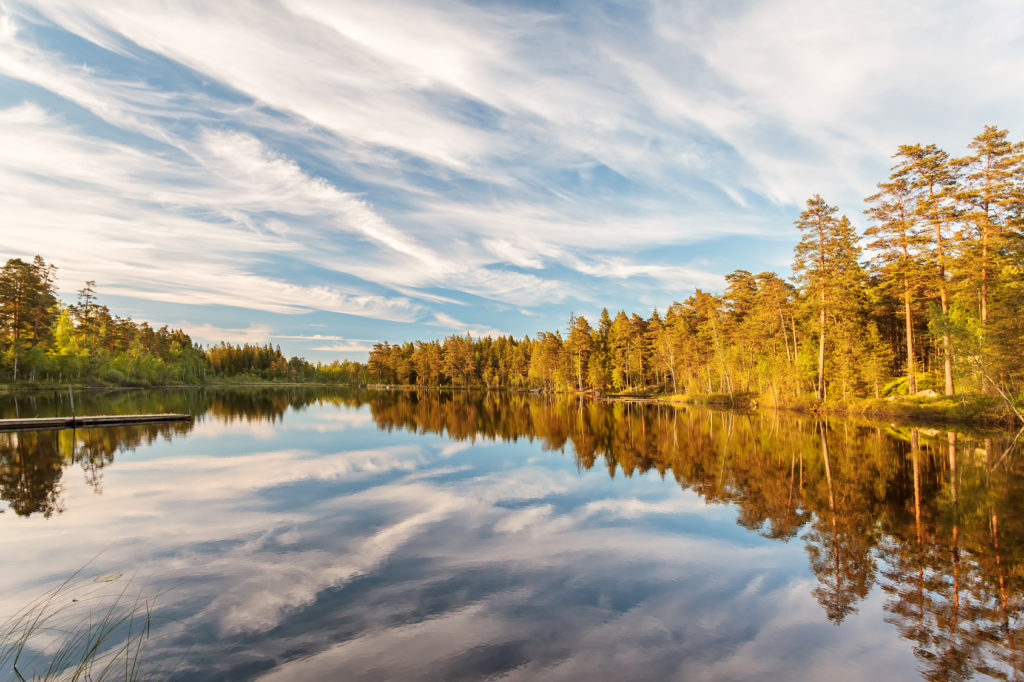
Local Cuisine
Swedish traditional cuisine is equal parts interesting, flavourful, and simple. Meats such as reindeer are more typical of the north, whilst fresh, local vegetables are more prominent in the south.
Lingonberry jam is the condiment of choice in Sweden, and it accompanies anything from meatballs to porridge to black pudding. Smörgåsbord, a buffet-style meal with hot and cold dishes, wouldn’t be complete without pickled herring, and Thursdays ask for the obligatory ärtsoppa och pannkakor (pea soup and pancakes). Finally, the queen of puddings is the prinsesstårta, a bright green cake with a pink sugar rose on top.
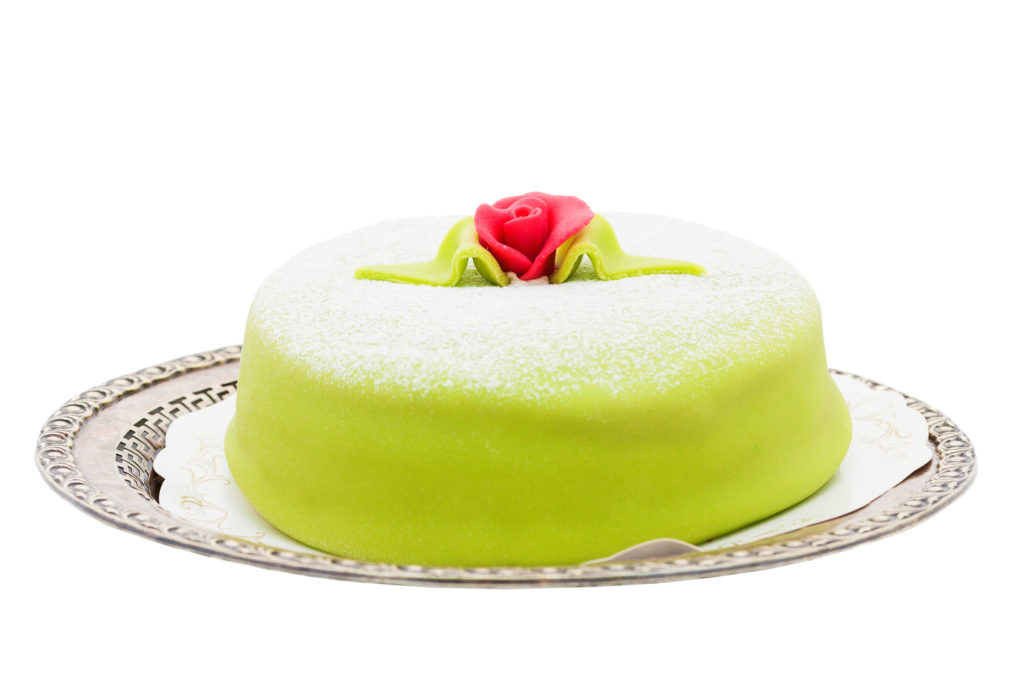
Climate
Sweden enjoys a more temperate climate than many other regions so far north thanks for the Gulf Stream, which flows in from Norway’s west coast. Temperatures in the warmest month, July, average between 13°C and 17°C, whilst in the coldest month, February, they drop down to between -22°C and -3°C, according to the region’s latitude. Northern Sweden often experiences lows of -30°C and snow covers the ground in southern Sweden from December to April.
How to Get to Sweden
Flying to Sweden is very straightforward, and there are two international airports linking it to the UK: Stockholm and Gothenburg. If your final destination is further south, it is worth looking into a flight that lands in Copenhagen (Denmark) and crossing the Öresund Bridge into Malmö (Sweden).
If travelling by train sounds more appealing, the fastest route is taking the Eurostar to Brussels and then boarding a train to Copenhagen for further connecting services to Sweden. Finally, ferries offer you the chance to bring your own car if you plan to drive throughout the country, and there are a number of different routes available from the UK.
Travelling to Sweden? Don’t Miss…
- Skansen Open-Air Museum, in Stockholm, is a stunning park fashioned in the style of a traditional Swedish village. It has farm animals, a market with handmade snacks and souvenirs, and a cosy teashop.
- Botaniska Tradgarden (Botanical Garden) in Gothenburg hosts a huge range of plants and flowers, has a nice playground for children, and an outdoor café to eat out on sunny days.
- Lund Cathedral is a gorgeous place to revel in some peace and quiet. It has one of Europe’s oldest astronomical clocks and at each strike of the hour you can witness the men at the top of the clock sword fighting.
